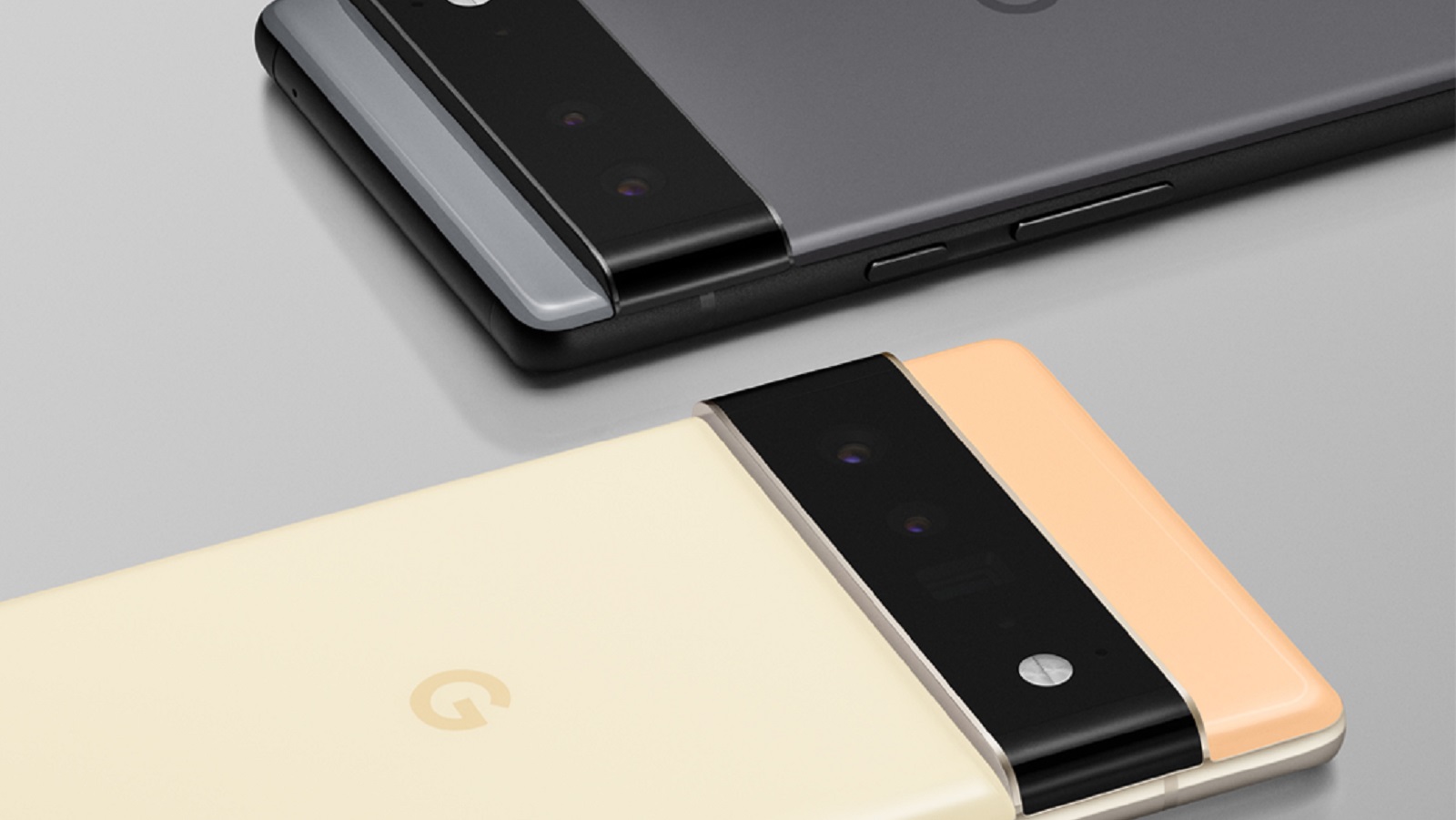Pixel 6 under-display fingerprint scanner seemingly confirmed by Google exec
Evidence mounts for the inclusion of this flagship feature

While the Google Pixel 5a's release is still fresh in our memories, the leaks for the tech giant's upcoming flagship handsets – the Pixel 6 and Pixel 6 Pro – are continuing to excite the tech community.
Earlier in the year we reported on the Android 12 beta potentially leaking the Pixel 6's under-display fingerprint scanner, and now we're seeing that rumor given further weight by Google itself.
As spotted by Mishaal Rahman of XDA Devlopers, a tweet posted by Hiroshi Lockheimer (Google's Senior Vice President for Android) shows off a screenshot likely to have come from the Pixel 6 Pro that features a prominent fingerprint icon.
Hiroshi Lockheimer apparently posted (and then deleted) a screenshot from what's likely the Pixel 6 Pro (the image resolution was 1440x3200.) The phone is connected to Verizon 5G, likely the carrier's sub-6GHz network. Also shown is the position of the UDFPS.H/T @jspring86az pic.twitter.com/Pessh7RvNVAugust 24, 2021
Lockheimer's tweet was intended to show off Android's impending 'Material You' UI refresh that will arrive with Android 12, but he quickly removed it, presumably because of the hidden (and not-so-hidden) details it contained.
The fingerprint icon certainly implies an in-display scanner, and the 1440 x 3200 resolution of the image, in conjunction with the Google-styled icons and the fact that the device was running Android 12 Beta, strongly point to it being the Pixel 6 Pro.
As pointed out by 9to5Google, this feature-set and Android 12 Beta compatibility aren't necessarily unique – it could be the Xiaomi Mi 11 Ultra, OnePlus 9 Pro, or Oppo Find X3 Pro, although their scanner positioning differs from the image – but with the tweet being quickly deleted after posting, the suspicion is valid.
As we've already mentioned, there were hints of an under-display scanner found in the Android 12 Beta, and Google has since released official imagery of both the Pixel 6 and Pixel 6 Pro, neither of which feature fingerprint scanners on their rear as with previous iterations.
Sign up for breaking news, reviews, opinion, top tech deals, and more.
While none of this explicitly confirms the tech will feature on Google's upcoming flagship, the combination of leaks and observations certainly make it seem likely.
Analysis: the flagship returns to port
With last year's Pixel 5, Google bucked the trend of offering an overtly premium and pricey flagship experience in its primary lineup, instead opting for some mid-range concessions to severely cut down on the device's cost.
Personally, I celebrated the move, finding the Pixel 5 to offer the perfect balance of usability, simplicity, affordability and power where it counts – the camera, battery life, everyday performance and durable design. In doing so, it shaved off most of the luxury additions that tend to come 'standard' in flagship devices.
With the Pixel 6 and 6 Pro, it's looking more likely that Google is returning to the comfort of its previous strategy, and that of most of the industry, by releasing two probably expensive and rather similar phones with tweaks to display size, camera capabilities, battery size and possibly a RAM upgrade.
If the under-display fingerprint scanner is indeed set to feature in the new Pixels, it will be one of the aforementioned luxurious additions where the cost to implement such technology doesn't marry up to the benefit provided to the user.
Additionally, the move to a front-facing under-display scanner would mean the loss of Google's clever 'swipe' ability that lets you pull down your notification bar by swiping your finger across the rear scanner – surprisingly useful for one-handed operation.
On the other hand, there are some benefits to having an under-display scanner. For one, it offers the opportunity for an ultrasonic sensor, which provides extra security by essentially using ultrasound technology to create a more accurate 3D map of your fingerprint, as opposed to older optical scanners which only take a flat 2D image.
It would also make the rear of the handset more sleek (although rarely relevant once hidden in a case), and give users the ability to unlock the phone when laying flat on a surface, which is certainly useful.
Still, this journalist hoped Google would continue on the path it started with the Pixel 5, giving users a flagship experience in an affordable package without the inherent weight of multiple higher models in the product lineup making the experience feel somehow inferior. Maybe next year...
